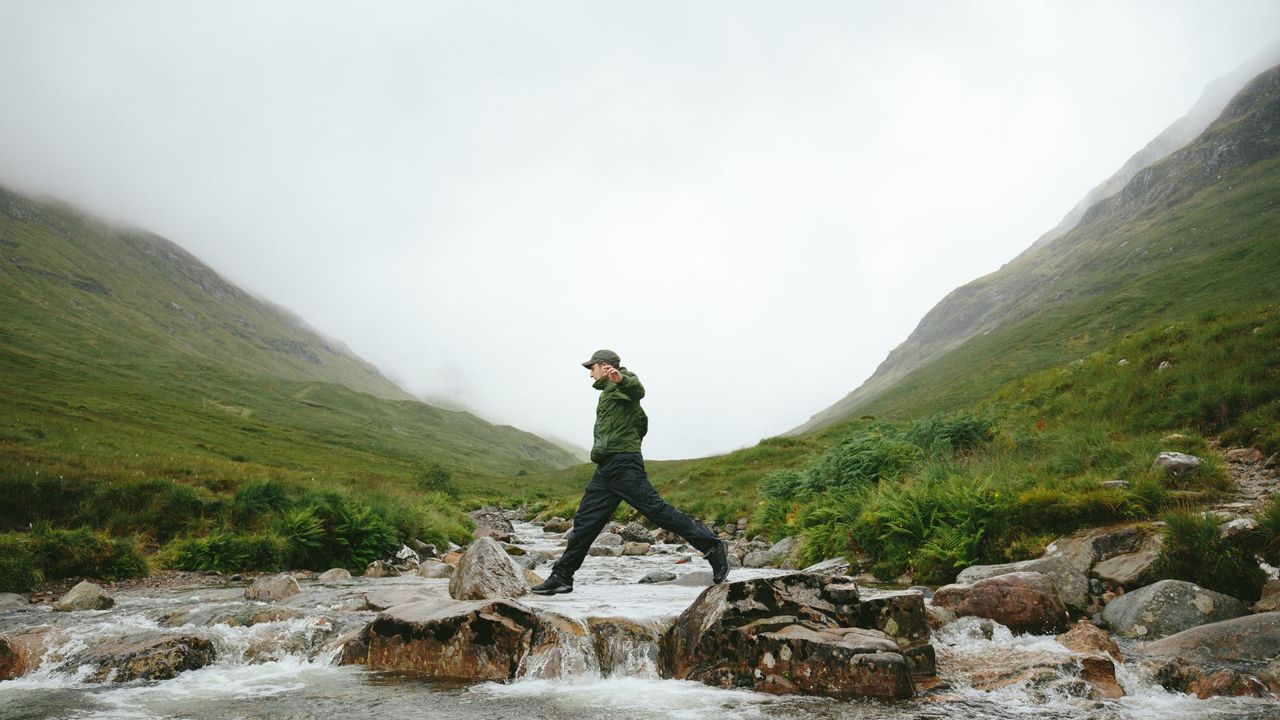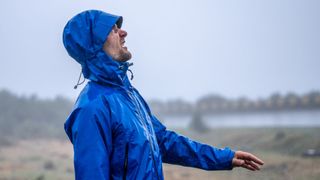ActiveHiking & Walking5 things you should always do before heading on a hikeBecause a prepared hike is a happy hikeWhen you purchase through links on our site, we may earn an affiliate commission.Here’s how it works.
ActiveHiking & Walking5 things you should always do before heading on a hikeBecause a prepared hike is a happy hikeWhen you purchase through links on our site, we may earn an affiliate commission.Here’s how it works.
Because a prepared hike is a happy hike
When you purchase through links on our site, we may earn an affiliate commission.Here’s how it works.
(Image credit: Getty Images)

(Image credit: Getty Images)
Walking season is upon us and, as the days become longer and the weather gets warmer, we know there are plenty of you out there, itching to lace up yourhiking bootsorwalking shoes. Not only is it good for us physically, but it also feeds the soul.
Some hikes don’t require too much planning, especially if you’re doing a route that’s short, or local. But for others that are more challenging, or aren’t on your doorstep, it’s best to plan. Otherwise, it could end up in disaster.
I’m walking proof of that, as my sister and I almost got stranded up Pen y Fan, a spontaneous trip gone wrong with very little planning. It was not an enjoyable experience, to say the least.
So as you don’t follow in my footsteps, I askedPitt Grewe, Head of Public Lands Partnerships atAllTrailsto share his advice on what you should do before going on a hike. Here are his top five suggestions…
1. Check the weather forecast
(Image credit: Getty Images)

(Image credit: Getty Images)
You can never rely on the weather these days, so Pitt says check the forecast of the area you’ll be hiking, not just the day before, but on the day too. “Being prepared for potential weather changes means a safer and more enjoyable experience,” he says. Also, make sure you take awaterproof coat, just incase things take a turn for the worse.
2. Check the trail conditions
3. Pack and prep
“This will ultimately depend on your research about the trail and its conditions, but you should always have a map of your route with you,” Pitt says. Then don’t forget the essentials for yourhiking backpack:base layers, your phone, snacks and water. Pitt even suggests a battery pack for longer adventures. “It’s also important to prepare for the unexpected—even when easier hikes may seem less risky, so for all hikes, I recommend carrying a fully stocked first aid kit,” he adds.
Sign up to the T3 newsletter for smarter living straight to your inbox
Get all the latest news, reviews, deals and buying guides on gorgeous tech, home and active products from the T3 experts
(Image credit: Getty Images)

(Image credit: Getty Images)
4. Tell someone your plans
This may seem like a bit of a faff, but it’s better to be safe than sorry, especially if you plan on doing a more challenging route. “Tell a friend or family member about your hiking plans, including your intended route, expected return time, and any emergency contacts,” Pitt says.
5. Choose a suitable trail
It’s all very well and good wanting to do a testing trail but first, be honest with yourself, is it the right trail for you? Are you physically (and even mentally) capable of completing it? “‘Hard’ isn’t just about the length,” says Pitt, “elevations and conditions are important too. Know your own fitness levels and experience and choose a trail to match this.”

Sky Stream gets a great new trick that unlocks long hidden potentialA Sky Stream puck update gives you a host of new channels
A Sky Stream puck update gives you a host of new channels

If you ever needed proof that cassette players are back, this is itWe Are Rewind has made a portable tape deck so retro it should appear from nowhere in a DeLorean
We Are Rewind has made a portable tape deck so retro it should appear from nowhere in a DeLorean